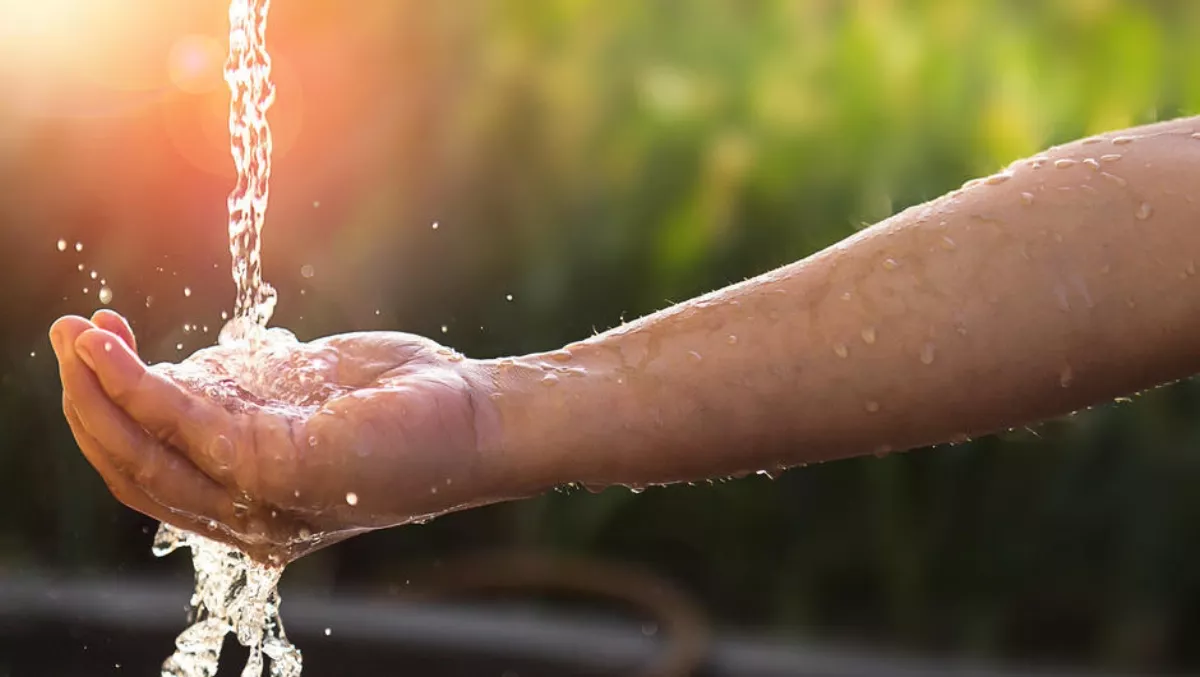
Why water use is a key consideration when cooling your data center
For years in data center circles we've been talking about Power Usage Effectiveness, or PUE. Largely lost in the discussion, however, is another factor that has taken on increased importance as data centers rely on economizer modes of cooling: Water Usage Effectiveness or WUE. Both are measures of data center sustainability developed by the Green Grid.
The availability and cost of water should play a role in your decision when choosing between cooling architectures, especially when considering economizer solutions.
Let's Start at the Beginning
But for starters what is WUE? Most people are familiar with PUE, the total power consumed by the data center divided by the power consumed by the IT gear within the data center. WUE is a similar metric that divides total site annual water consumption by the IT power.

Water usage by a data center (or any commercial building) is a complex subject. Not only is water used on-premise, but the electric power generation usually involves significant water consumption by the utility as well. Thus, increasing water consumption at the data center could reduce total water consumption by driving down the electricity needed. Think about a multi-megawatt data center which can easily use tens of thousands of gallons every day. Reduction of water usage is certainly a desirable goal for data centers deploying evaporative (or adiabatic) cooling for both sustainability and local regulatory reasons.
Consider Water Source and Pressure for Adiabatic Economizers
Adiabatic economizers typically spray water onto heat exchanger surfaces or in some cases directly into the air stream. The water serves to cool the air as it enters the data center. In the process, however, some of the water evaporates and is lost. This means you need a reliable, continuous source of water for these systems to be effective. If your water source is cut off for any reason, you will lose the economizer benefit. If water availability is a significant risk then you may have to design larger economizer systems than you would otherwise to compensate, or include separate backup cooling systems, both could substantially increase upfront capital costs.
Another element to consider is water pressure. High pressure systems generate a fine mist, which is subject to a high degree of evaporation and water loss, driving up WUE. Low pressure systems act more like a shower and a greater amount of water can be collected and recirculated through the system. If a system provides no recirculation capability than the water loss is 100%.
Cost and Water Quality as Decision Factors
Regardless of which system you use, you need to factor in the cost and availability of water to determine which one is the best fit. Bear in mind it's possible that the cooling system with a lower power consumption but higher water consumption has the best results for your total cost of ownership. Lower WUE by itself is a good goal, but is not the only consideration.
An additional consideration is water quality. Because high pressure adiabatic systems force water to pass through small orifices to create a fog they are more sensitive to water quality problems. Low pressure evaporative systems are more forgiving, given the orifices are far larger and less prone to clogging. This reduces maintenance costs and reduces risk to system reliability.
Decide Which Economizer System is Best For You
It's time to start factoring WUE into your cooling system designs and not just PUE. You may find there's money to be saved striking a balance between the two.

